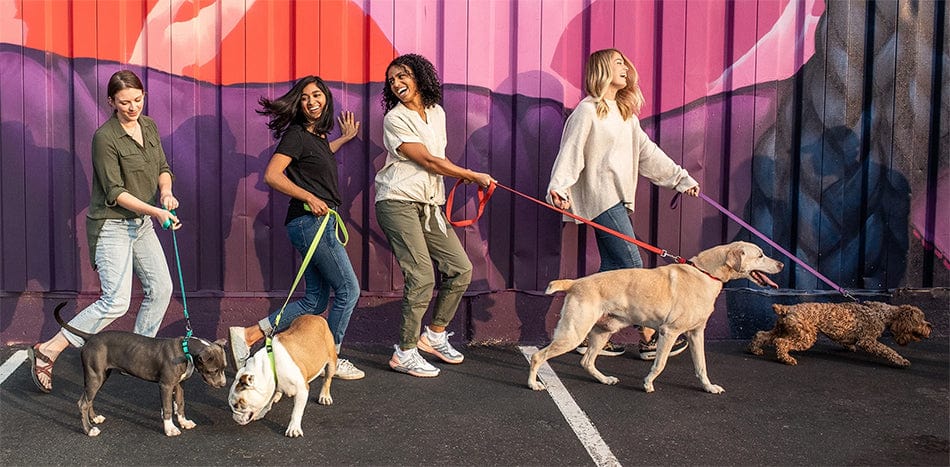Your cart is empty. Let's fix that!


This post is written by holistic veterinarian, Dr. Angie Krause, DVM, CVA, CCRT.
I grew up with indoor/outdoor cats. My house backed up against a wheat field and we were a stray cat magnet. Out of the six cats that I had over my childhood, two of them went out and never came home in their older years. My mother always felt that cats should be allowed to enjoy the outdoors and thought it best for their mental health. In college, I lived in an apartment complex and had two indoor cats. I lived near a busy road and was terrified to let them outside.
As an adult, my cats have always lived inside. In vet school, we were taught to shame cat parents that let their cats outside. We were taught there are too many dangers such as cars, other cats, viral disease, dogs, other people and predators such as coyotes, cougars and bobcats.
After practicing for 14 years, I have seen both indoor and indoor/outdoor cats. I have noticed that there are three categories of cats. First are the cats that live indoors and have never known anything else. Second are the cats that go outdoors but don’t have the street smarts to stay alive (these are so tragic). Third are the indoor/outdoor cats that thrive going outdoors. This third group is the happiest and I dare say the healthiest. These cats are rarely fat and have less stress. I do treat them more often for cat bite abscesses and worms but on balance, they are living their best life.
Over the past year, I have wondered: how can we get the benefits of the great outdoors and reduce the risk? How can our cats enjoy the sun and roll in the grass without the threat of being eaten by a coyote? The following are my recommendations to letting your cat enjoy the outdoors safely.
I know you want to keep your kitty safe and healthy! If you have any questions, I would love to hear from you! Leave a comment below!
With love,
Dr. Angie